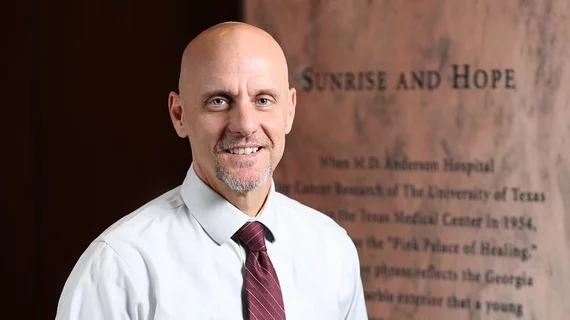FDA devising ‘phased approach’ to resuming in-person imaging site inspections
The Food and Drug Administration has shared an update on when it may resume on-site inspections that have been suspended since the pandemic started in March.
In a Monday statement, Commissioner Stephen Hahn, MD, said the FDA continues to use alternatives to in-person visits. He expects this to persist as “local, national and international conditions warrant,” with the agency making exceptions on a case-by-case basis for “mission critical inspections.”
While the FDA is still unsure when assessments may resume, Hahn did share that his organization is collaborating with the CDC to devise a process governing “how and where to return to on-site facility surveillance inspections.” This would be based on criteria outlined in the White House Guidelines for Opening Up America Again, he noted in the May 11 announcement.
“We expect this to be a phased approach driven by scientific data,” Hahn, the former chief of radiation oncology at MD Anderson Cancer Center in Houston, said in the statement. “Our priority and commitment are to first protect the health and well-being of not only our own highly skilled workforce and state contract inspectors, but also the health of workers in the important industries we regulate.”
The Food and Drug Administration first suspended site inspections in March, with its Division of Mammography Quality Standards saying it planned to allow “regulatory flexibility” for providers facing varying circumstances. The FDA updated this guidance late last month, encouraging facility personnel to continue meeting MQSA requirements for education and experience during the pandemic.
This would also apply to furloughed workers or those working less than full-time “if feasible under certain circumstances.” For instance, the FDA advised, workers could do so by “reviewing journal articles,” or through online training programs.
“For interpreting physicians, it may be possible to obtain continuing experience through multi-reading of previously interpreted examinations, where he/she did not perform the initial interpretation of the exam,” the guidance noted. The revised guidance also urged breast imaging providers to document if they continue operating but change their scope of practice. Plus, the FDA announced it was giving an automatic four-month extension to mammography facilities for which the annual medical physicist survey falls between January and August of 2020.
In his May 11 statement, Hahn said the FDA trusts that most of its regulated firms “understand and appreciate” the need to ensure the safety of their products and services. Officials will meet daily as they look to devise the next steps in their crisis response, he added.
“We continue to closely monitor the global situation and remain in contact with our domestic and foreign regulatory counterparts to inform our assessment of the feasibility of a return to routine on-site surveillance inspections as conditions improve,” he said.

